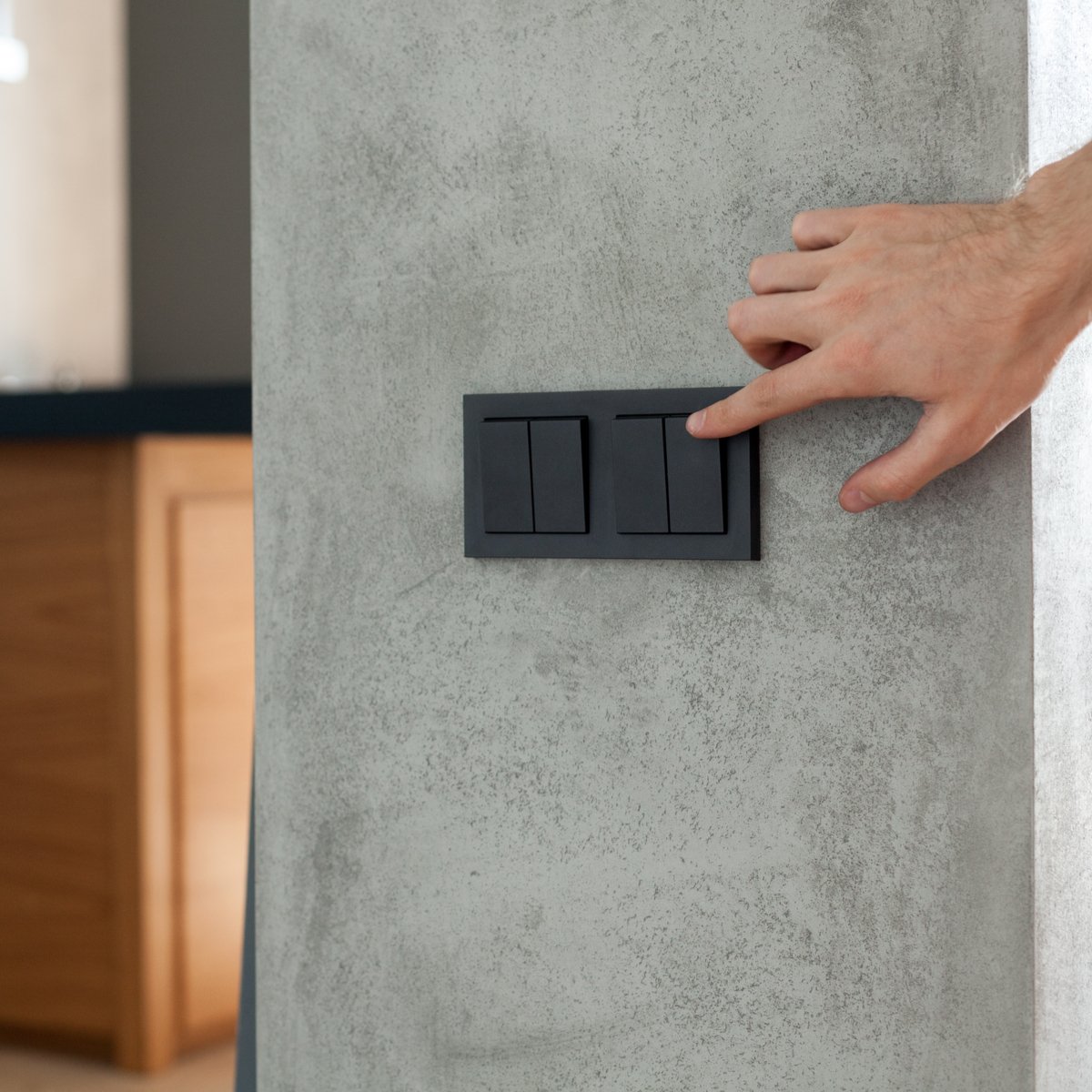Energy Insights: 7 Energy-Wasting Habits at Home
Without paying much attention, we use a lot of energy each day, from charging electronics to leaving the lights on. Wasting energy at home is something many of us do without realizing it. With the tips below, a little effort, and self-discipline, bad habits can be swapped for good habits and reduce our energy-wasting.
1. Leaving your electronics and appliances plugged in.
How does leaving something plugged in use electricity if it's turned off? The answer is "vampire draw," also known as phantom load or standby power. Standby mode can use more energy than you think. Calculating how much energy is wasted at home in this way, Energy.gov states that devices that use standby power account for up to 10% of your electricity use.
2. Leaving the lights on
One of the most apparent energy-wasting habits is leaving the lights on, and it's also one of the easiest habits to fix. By simply turning off the lights when you leave a room or your home, you will save electricity and help your lightbulbs last longer. If you think you might forget, use a smart home system to monitor your lighting from your smartphone remotely.
3. Setting the water heater thermostat too high
In many households, water heater temperatures are set too high. Even though many water heaters are set at 140°F (60°C) by default, Energy.gov recommends 120°F (49°C) for energy efficiency.
4. Letting air leaks go unnoticed.
Identifying sources of drafts is one of the best strategies for preventing energy loss at home. For example, windows and doors can let in plenty of cold air in winter if not properly insulated or leak cool air into the heat during summer. Also, check where utilities, like cable, electricity, and water, come into your home. Caulk around these areas to plug leaks.
5. Not adjusting your thermostat
Adjusting the temperature of your home at night or when you are away is the most cost-effective way to save energy, but it's easy to forget. Programmable thermostats optimize savings by automatically adjusting temperatures based on your schedule. In addition, today's smart models provide advanced features, such as remote control and self-programming.
6. Using inefficient light bulbs.
Today's lighting technology offers dozens of alternatives to incandescent light bulbs. Compact fluorescent light (CFL) bulbs, for example, have been around for decades. They now weigh less and offer a range of light colors. Best of all, they use anywhere from 65% to 80% less energy than incandescent bulbs.





